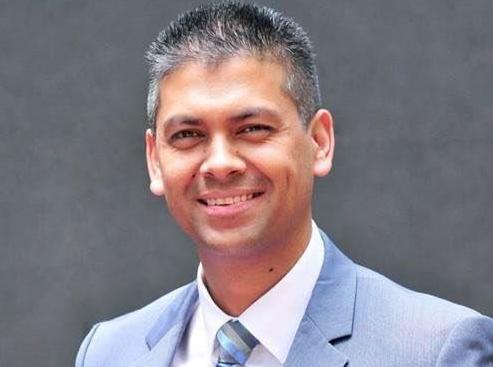Los Angeles IT secures the vote with open source and the cloud
Bhullar also notes that the LA County cybersecurity unit operates a social media monitoring platform in league with the federal government and has enlisted some cooperation by large social media companies to prevent the impersonation of office bearers.

Bhullar also notes that the LA County cybersecurity unit operates a social media monitoring platform in league with the federal government and has enlisted some cooperation by large social media companies to prevent the impersonation of office bearers.
One analyst noted that while there has been no widespread election fraud in the US, it is important for all election officials to safeguard the voting infrastructure.
“The LA County initiative sounds like a great modernization of IT infrastructure for the current realities of cyber risks for state and local governments across all functions, but there is no research to indicate that election areas such as voter registration or election night reporting or voting machines have been compromised or more targeted than other systems,” says Ruthbea Yesner, vice president of government insights, education, smart cities, and communities for IDC.
“That said, national foreign actors do target state and local government systems, which do need to continually improve cybersecurity and resiliency to ensure public trust, protect the public, and combat misinformation campaigns,” the IDC analyst told CIO.com.
Bolstering network operations to facilitate the vote
VSAP’s second pillar — E-NOC, the county’s network operations center — enables the IT team to quickly deploy and support network connectivity to more than 1,000 voting locations across a 4,000-mile-wide area. It also offers election operations management and Vote Center connectivity, as well as support for technician services, according to documents from the county, which views E-NOC as a cornerstone of the value of VSAP.
“In a very short period of time, I have 1,000 pop-up networks throughout the county that need to be secured and redundancy built into the network connectivity,” Bhullar says. “Imagine in a building there is an isolated secured network. Scanning is part of the tabulation process in an isolated or air-gapped environment. It never leaves the environment.”
LA County works with all telecommunications carriers and satellite companies to ensure there are no lapses during the election period, Bhullar adds.
“We do penetration testing before we even institute the pop-up networks at these 1,000 locations. We assess the network to download/upload speed, and we also have redundancy built in so our routers support up to four carriers when it comes to cell phone connectivity. If TNT is giving me a good connection and it drops, I can quickly switch to T Mobile, for example,” he says.
But the beauty of LA County’s election infrastructure, Bhullar says, is the homegrown nature of the voting machines and the voting applications. The ballot marking devices developed by LA County, for example, record the voter’s input and converts it into a “human readable ballot,” the CIO says, noting ballots are retained in an Apache Cassandra database management system for a legally defined period.
Bhullar’s team developed several open-source applications, including a vote tabulation system that counts and scans mail-in ballots and in-person votes coming from voting centers. The system, based on CentOS and Cassandra, is not connected to external networks but has access to the voter registration database.
The IT team also developed an interactive sample ballot application to educate constituents about the ballot and provide clear explanations of the legislative proposals confronting voters.
Finally, the IT Enterprise Command Center, of which E-CSOC is a key part, offers a call center with responsibility for minor and major incidents. For example, in the September 2021 California gubernatorial recall election, ITECC was able to proactively address more than 800 health check tickets and resolved all 88 major incidents reported to the system, Bhullar’s group reports.
Ensuring future voting integrity
Going forward, Bhullar intends to keep evolving VSAP to make voting easier and more secure. For example, the CIO is currently in the process of moving from CentOS to Red Hat Linux to gain access to Red Hat’s deep open source portfolio, including multicloud support.
AI will also be a factor in future elections as it has been in recent elections, says Bhullar, noting that the county inherited AI tools following an undisclosed vendor acquisition and used them to gain insights on voting patterns.
“There is a component of artificial intelligence here as well so that we can have machines take a look at the patterns that are coming in,” Bhullar says. “In a large election, there are about 600 million events that are happening. Obviously, it is not feasible for humans to look at this. I would need an army of people to look at all these events.”
The CIO is concerned about the possibility of bad actors using generative AI to spread disinformation about candidates and policies but is equally confident in the security team assembled to fight off these attacks emanating from social media outlets and even the possibility of an inside attack.
“I think we can deal with the traditional threats or the threat vectors, such as state actors from outside the country attacking us,” he says. “The good thing is our voting systems are owned and controlled by us and they are not connected to the outside world. So, I think there’s an inherent security and confidence there.
“I think we’ve got it covered,” the CIO says.










